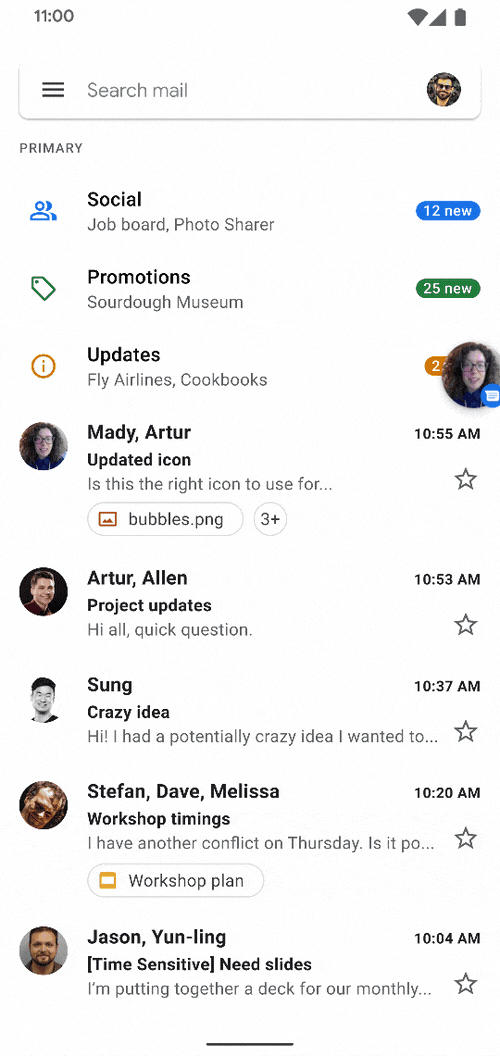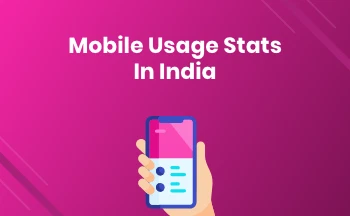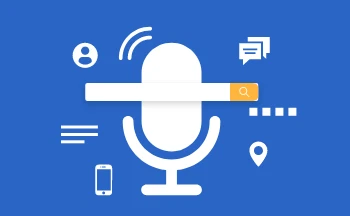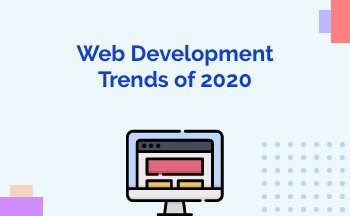The much awaited Android 11, the latest update of Google's popular mobile OS, may take user-centricity and future-readiness of mobile devices one notch higher. The recently launched Beta versions pack more features to enhance security, control and convenience to the user. According to developers, there are some thoughtful and timely features included in the update. Google itself has said that Android 11 is "more people-centric and expressive," compared to earlier versions.
The Beta version of Android 11-- the 18th version of the OS since its launch in September 2008-- was released in February 2020 for Google Pixel smartphone devices. After subsequent updates, we had the Beta 3 version released in August 2020, as a prelude to the final launch, which is expected next.
As per the Q1 2020 numbers, the Android platform is reportedly the most popular OS for smartphone and tablets worldwide, with a user base of 3.5 billion. This accounts for a market share of 87% in the smartphones segment and 57% in the tablet market. We have had earlier popular versions that were dubbed Marshmallow, Nougat and Lollipop.
Based on developer feedback, below are the highlight features of Android 11:
-
Thrust on privacy, with one-time permission
In what appears to be an attempt to enhance the privacy and security features, the update has a new feature in the permission system. The users can choose 'Only this time' as a permission option for location access in response to app requests. This single-time option is not available in the prevalent Android 10 version. -
Control IoT devices with the new, improved Power Menu
One interesting and timely feature of the power menu revamp is the ability to remotely control smart home devices using the phone. Now your phone can truly control the IoT devices in your house, such as lights, lamps, thermostats, cameras, etc. This enhancement is crucial, given the crucial role smartphones are expected to play in IoT enabled homes. We feel that device aggregators such as Google Home, or other third-party vendor applications can tap this feature by providing quick access to their device controls here. -
Multi-task better, with Conversation/Chat bubbles
Another interesting feature of Android 11 will be the use of conversation bubbles that can be initiated from the Notifications panel of the user's device. The feature will make multi-tasking easier for the user and is likely to be an opt-out feature. Notifications that are enabled with a shortcut can deploy conversation bubbles. Below is an illustration (source: Android Official Website)
-
Contextuality, with the option to schedule the Dark-Mode
So, here's one feature that allows users to customize the settings of the smartphone, according to local contexts. Android 11 will reportedly allow a user to pre-schedule when the system will switch to the Dark Mode and back. The device will follow the cue and activate and deactivate the Dark Mode at the specified time, much like how an alarm works. Currently, this is a manual feature and the update is surely a time-saver. -
Hassle-free filming, with muted notifications during video
Another proof that Google is attentive to customer pain points, this one allows the user to avoid notifications while recording a video. The update provides for developers to set the camera app to mute notifications while in use. Again, this takes away the time involved in manually turning off notifications and will help you film your videos without your device vibrating amidst them. -
Better support for Waterfall Displays/ curved screens
Curved screens have been popular for aesthetic appeal. However, it brings many shortfalls for apps that work better in wider screens, such as a keyboard. Android 11 will address this challenge and allow developers to specify the interface area required for their apps. -
More voice controls, with upgraded voice assistance
The voice assistance feature has come a long way from the "Ok Google" command. With Android 11, it will allow you to nearly control your mobile device without touching it. Google has packed in more intelligence into this application. For instance, if you want to open 'Twitter', you merely have to say 'Twitter.' To return to the home page, you merely say 'home.' This feature update can be tried on devices that do not have Google Pixel, by downloading Voice Access from the Google Play Store. -
Other features
The Android 11 version has many more timely features and enhancements, such as 5G support, foldable displays, call screening support as well as deeper integration of Image formats like HEIF(High-Efficiency Image File), and Google's own Neural Network API. Apart from these, it will also support the Exposure Notification API to support governmental health organizations to develop contact tracing applications to combat the spread of COVID-19. This API is created by Google and Apple together to help the world tackle the COVID-19 pandemic. In Android 11, Exposure Notification API is incorporated and will be automatically turned on.
From what we hear, Android 11 is yet another validation from Google that the company is truly tuned in to end-user and developer interests. The platform is a promising step ahead in the world of mobile technology and will enable mobile devices to become significant players in smarter and convenience-based lifestyles.
Android 11 Logo
The logo for Android 11 features a dial turned to 11. It is a reference from the music mockumentary film The Spinal Tap (1984).

Picture Source Android Official Website





